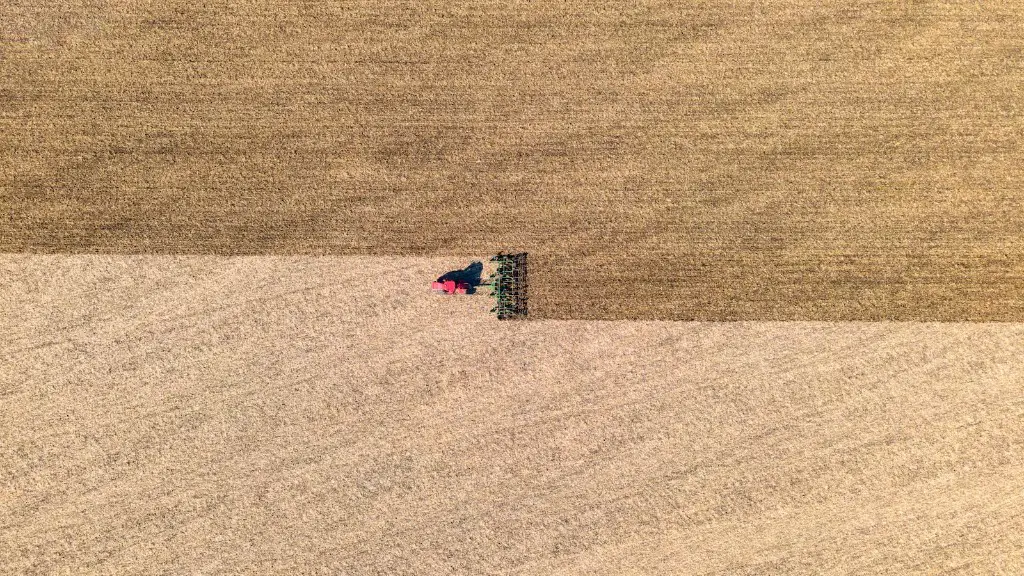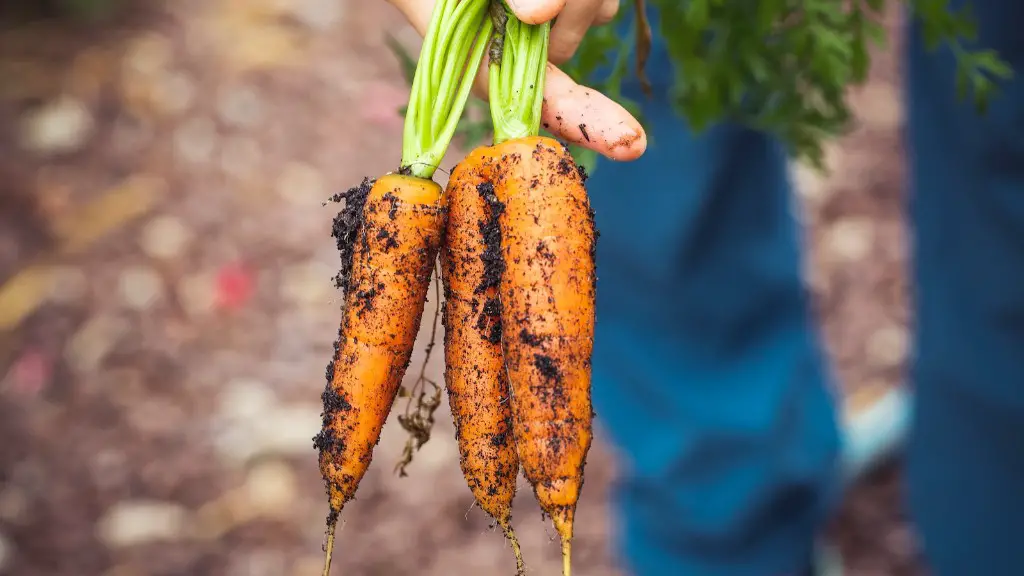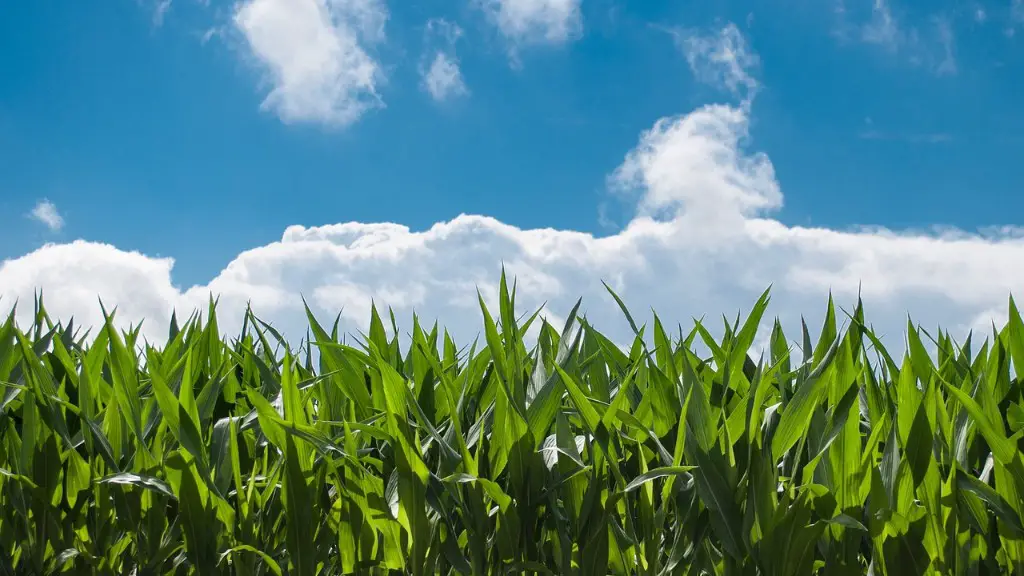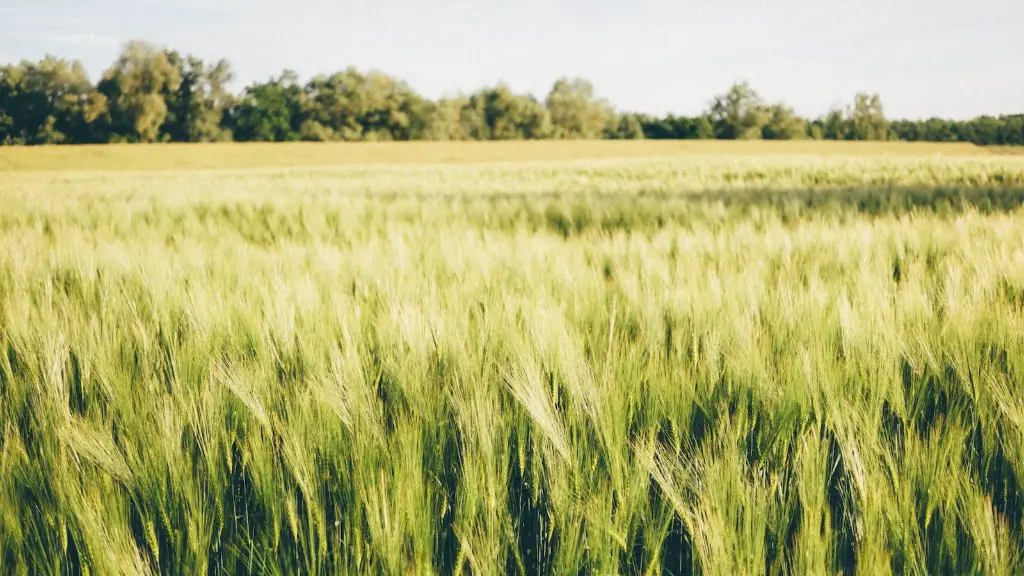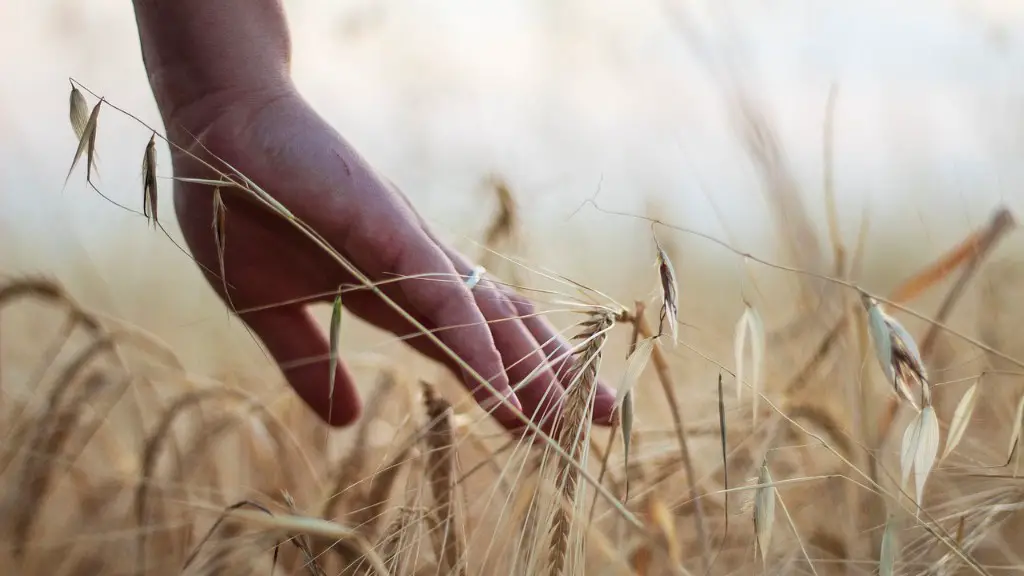Natural disasters, such as floods and droughts, can have a significant impact on agriculture. Floods can damage crops and destroy infrastructure, while droughts can lead to crop failure and livestock shortages. In addition, natural disasters can cause stress and disruption to the agricultural supply chain, which can lead to higher prices for food.
How natural disasters affect agriculture depends on the specific disaster. For example, hurricanes can damage crops and drown livestock. Tornadoes can level entire farms. Droughts can ruin harvests. Flash flooding can wash away topsoil, leaving crops nothing to grow in.
What are the effects of natural disaster on agriculture?
Natural events and disasters can have a significant impact on agriculture, contaminating water bodies, causing loss of harvests or livestock, and increasing susceptibility to disease. In some cases, these impacts can be devastating and even lead to starvation. It is therefore important for farmers and other agricultural workers to be aware of the potential risks and take steps to protect themselves and their livelihoods.
A drought is a period of below-average precipitation in a region, resulting in prolonged shortages in the water supply. Droughts can last for months or even years, and can have a devastating impact on agriculture, the economy, and the environment.
Droughts are one of the leading natural disasters, accounting for around 19% of all agricultural losses. In fact, up to 20% of potential agricultural production could be lost due to severe drought episodes. Droughts can cause widespread famine and displacement of people, as well as damage to infrastructure and the natural environment.
Droughts are becoming more common and more severe due to climate change. warmer temperatures lead to evaporation of water from the soil and surface water bodies, leaving less water available for plants and animals. This can lead to severe drought conditions.
steps can be taken to mitigate the impact of drought, such as improving irrigation and water management practices, investing in drought-resistant crops, and providing support to communities affected by drought.
How do natural disasters affect the land
Other disasters such as wildfires, floods, and tornadoes can completely defoliate forests and cause other types of structural changes to ecosystems. Wildlife can be killed by the force of the disaster or impacted indirectly through changes in habitat and food availability.
Thunderstorms can cause extensive damage to crops by high winds, hail, and flooding. Wind damage can break and damage plants, while hail can cause leaf damage that reduces yield or destroys plants. Flooding can lead to loss of topsoil as well as damage to crops.
What are the 5 effects of natural disasters?
A natural disaster can be a very frightening event. Some natural disasters, like hurricanes and floods, can cause a lot of damage to property and can even lead to loss of life. Other natural disasters, like earthquakes and tsunamis, can cause even more damage and can be very devastating. Natural disasters can also cause social and economic disruption, as well as environmental damage. It is important to be aware of the risks of natural disasters and to take steps to protect yourself and your property.
Farmers face many risks that can impact their income, from weather and yield uncertainties to fluctuations in prices and government policies. Risk management involves choosing among alternatives that can help reduce the financial effects of these risks. Farmers need to consider all of their options and choose the best strategies for their farm and their specific situation.
What is the current greatest threat to agriculture?
Climate change is the most significant threat to agricultural sustainability. The increased frequency and intensity of extreme weather events is expected to lead to lower crop yields, reduced soil fertility, and more pests and diseases. Agricultural practices will need to adapt to these changes in order to maintain food security.
Wildfires can have a direct impact on agriculture in a number of ways. They can destroy crops that are in their path, and the smoke and heat from the fire can damage or destroy crops that are not even seen by the fire. The emotional distress caused by wildfire can also take a toll on the agricultural community. And finally, certain crops can actually add fuel to the fire.
How can we protect agriculture from natural disasters
Disasters caused by drought are a major problem in many parts of the world. The Food and Agriculture Organization (FAO) promotes crop diversification as a way to reduce the risk of drought-related disasters. greater use of drought tolerant crops, improved water management practices, planting of trees and windbreaks, and improved rangeland management practices can all help to reduce the risk of drought-related disasters.
Natural disasters can have a devastating effect on wildlife. Animals can be injured or killed directly by the disaster, or they can be indirectly affected by loss of food and shelter. Habitat destruction can also have a serious impact on wildlife populations.
What are the different types of disaster in agriculture?
Droughts, floods, and other meteorological and climatological disasters can have devastating effects on communities and economies. Extreme temperatures can damage infrastructure, disrupt transportation and communication systems, and cause power outages. Storms can damage homes and businesses, uproot trees, and knock out power lines. Wildfires can destroy homes, businesses, and critical infrastructure. Geophysical disasters, such as earthquakes, tsunamis, and mass movements, can damage homes and businesses, damage critical infrastructure, and kill people. Biological disasters, such as epidemics, infestations, and animal diseases, can disrupt transportation, commerce, and communication systems; damage crops and livestock; and cause human illness and death.
There is no denying that the quality of grain and forage can have a direct impact on the ability of pastures and rangelands to support grazing livestock. In addition, more extreme temperature and precipitation patterns can wreak havoc on crops, resulting in reduced yields. Unfortunately, extreme events such as floods and droughts seem to be becoming more and more common, which can only compound the problems that farmers and ranchers face.
How do extreme weather events affect agriculture
The impact of climate change is being felt in many different ways, and one of those is through longer droughts and harsher fire weather. This can have a devastating effect on agriculture, as land becomes unsuitable for farming and crops are stressed by the lack of water. Additionally, warmer temperatures can attract new pests that thrive in the heat, further damaging crops and leading to even more food insecurity. It’s clear that climate change is already having a significant impact on the world around us, and we must take steps to mitigate its effects before it’s too late.
Climate change is affecting agricultural producers in a number of ways. Firstly, changes in ozone levels, greenhouse gases and climate change are all affecting the Earth’s temperature. This is resulting in habitat ranges and crop planting dates shifting, which farmers have to adjust to. Additionally, droughts and floods caused by climate change can disrupt farming practices and make it difficult to produce food. All of these factors make it clear that climate change is a significant threat to the agricultural industry, and farmers will need to adapt their practices in order to continue to produce food in the future.
What are the 3 negative effects of disaster?
When a disaster strikes, you face the very real threat of death or serious physical injury. You may also lose your home and all your possessions, and be cut off from your community. Such stressors place you at significant risk for emotional and physical health problems. Stress reactions after a disaster can mirror the common reactions seen after any type of trauma.
Natural disasters can have a devastating impact on firms, large and small. The destruction of tangible assets such as buildings and equipment, as well as human capital, can severely hinder a company’s ability to produce and function. In some cases, the damage caused by a natural disaster can be fatal to a firm, and it may be forced to close down. The aftermath of a natural disaster can be a very difficult time for businesses, and it is important to be aware of the potential risks and challenges that they may face.
Conclusion
The effects of natural disasters on agriculture can be both direct and indirect. Direct effects are those that occur as a result of the disaster itself. For example, if a hurricane destroys a crop, the farmer has lost that crop and will not be able to sell it. Indirect effects are those that occur as a result of the aftermath of the disaster. For example, if a flood destroys a crop, the farmer may not be able to replant it because the ground is too wet.
Natural disasters can have a devastating effect on agriculture. crops can be destroyed, livestock can be lost, and farmers can be left without a livelihood. In the aftermath of a natural disaster, it can take years for agriculture to recover.
